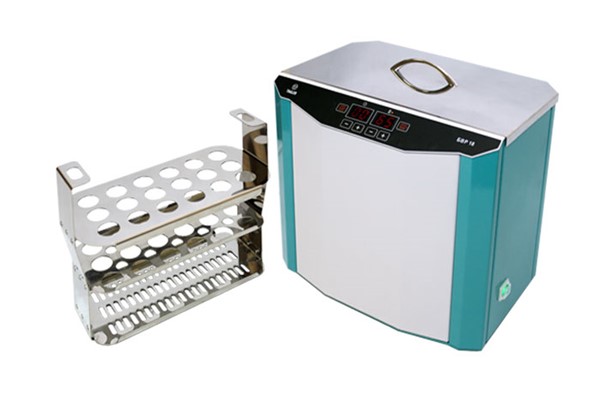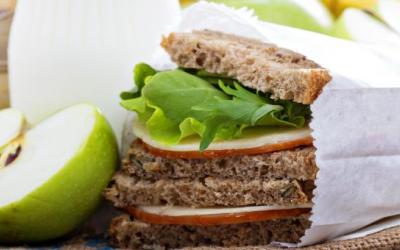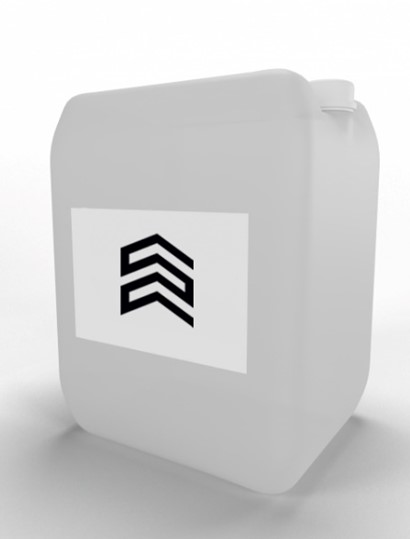The modern sow produces milk like a Holstein cow on a live weight basis

The topic of nutrition for lactating sows was discussed during a recent American pork seminar, during which a pig nutritionist from the Carthage Veterinary Service highlighted important points, Ann Hess writes in the article.
- Modern sows give a lot of MILK. They produce as much milk as a Holstein cow on a live weight basis and are now more likely than ever to feed large litters, says Casey Neal, pig nutritionist. “And the success of a pig farm starts at the mammary line. Despite all the talk about the benefits of the introduction of porridge for suckling pigs receiving mother's milk, for some production systems it is impractical and does not make much sense to force workers to give piglets porridge twice a day. The genetics of early maturation allow these piglets to develop better in weaning, and therefore it is not necessary to immediately introduce top dressing. If it is genetics of late ripening, indeed, cereals will be useful. But you'd better focus on formulating a diet for the lactating sow to stimulate milk production and weaning weight. This is where lysine plays an important role.
Modern sows with large litters and high milk production often show a decrease in body fat stores and a decrease in appetite. Therefore, they need more nutrients and an adjusted diet depending on whether the sow belongs to a primiparous or multiparous group.
Several studies have reported that weight loss was about 12% higher during lactation in primiparous sows than in multiparous ones.
Feed intake during lactation of sows is often insufficient to meet their energy and nutrient requirements for maintenance and milk production, especially litter 1 and 2 sows.
Studies have shown that if 1st litter sows lose more than 15% protein mass during lactation, the weight of the weaned piglets and the subsequent reproductive performance of the sows are markedly reduced.
Thus, proper lactation nutrition is more important for primiparous sows than for multiparous ones. This affects not only the lactation and growth of piglets, but also the growth and development of sows, the number of litters and the life expectancy of sows.
Sows can achieve and maintain high levels of milk production throughout their productive lives if they receive sufficient energy and nutrients.
The most important nutrients for maintaining optimal milk production throughout life are energy and amino acids.
Lysine is considered the first important and deficient amino acid in the corn-soybean meal diet for lactating sows. The total requirement for lysine in lactating sows is between 37 and 58 g/day. For primiparous sows who eat 10-15 percent less than mature sows, lysine intake can be increased to 62 and even up to 70 grams per day (as appropriate) to optimize milk production.
Read together with it:
- ФАО: мировые цены на продовольствие снижаются второй месяц подрядДжим Вайкофф Среднее значение Индекса цен на продовольствие ФАО в октябре составило 126,4 пункта, снизившись с пересмотренного значения в 128,5 пункта в сентябре, что представляет собой небольшое снижение в годовом исчислении и на 21,1% ниже пикового значения в марте 2022 года. Лидером снижения стал сахар: его субиндекс упал на 5,3% до самого низкого уровня с декабря 2......
- Ученые Беларуси разработали новый ветеринарный препарат для лечения заболеваний крупного рогатого скотаНовый препарат, названный «Антипестивир-ВД», стал первым противовирусным средством на рынке, эффективным против болезней слизистых у коров, включая скрытые формы инфекции. В состав препарата входят компоненты, произведенные из местного сырья, которые активируют иммунный ответ животного. На этапе клинических испытаний препарат продемонстрировал высокую эффективность: 63,3% животных выздоровели в те...
- An experiment to grow marbled beef has begun in Crimea.Associate Professor Roman Filonov, Deputy DIRECTOR of the Livestock Center, told Sputnik in Crimea radio that local producers are currently experiencing a shortage of both high-quality livestock and funding to increase production. He noted that not every cow is capable of producing marbled beef ; this is only possible with specialized animals. The project involves creating a Crimean type of beef c...
- Россельхознадзор выявил 29 нарушений в пищевой продукции Вологодской областиСтруктура нарушений: Мясо и мясная продукция: 12 нарушений Молочная продукция: 6 нарушений Рыба и рыбная продукция: 6 нарушений Мед: 2 нарушения Корма: 3 нарушения Все случаи нарушений были зафиксированы в системе раннего оповещения «Сирано». По каждому выявленному факту предприятиям объявлены официальные предостережения о недопустимости несоблюдения обязательных требований. Проведенные лабораторн...
- Беларусь и Нигерия намерены придать новый импульс торгово-экономическому сотрудничествуФото Минсельхозпрода 17 ноября, Минск. Беларусь в ближайшее время планирует провести встречу с бизнес-кругами Нигерии. Такие планы намечены после встречи заместителя министра сельского хозяйства и продовольствия Александра Яковчица с делегацией нигерийского штата Кацина, которую возглавил губернатор Дикко Умару Радда, сообщили БЕЛТА в пресс-службе Минсельхозпрода. Стороны обсудили возможности торг...
- An HSE expert reported on the "evolution of inequality" in access to healthcare.An HSE researcher analyzed Russians' access to healthcare over a ten-year period. In 2021, the influence of financial factors became noticeable for the first time: low income reduces the likelihood of visiting a DOCTOR.Over the ten years from 2011 to 2021, the number of Russians requiring medical care but not receiving it remained virtually unchanged, according to a study by Lyudmila Zasimova, hea...
- He crawled to the icon with prayer. The true story of a man who overcame drug addiction.Alexander Ovchinnikov. Topic News. Our project's hero was a drug addict for many years. The thought that this was a dead end never left him, but his addiction proved stronger. One day, when he could no longer walk, he crawled to an icon in prayer. This became his first step toward a new life. Today, he heads a charity center that helps those who have given up hope and are unable to quit ALCOHOL an...






























































